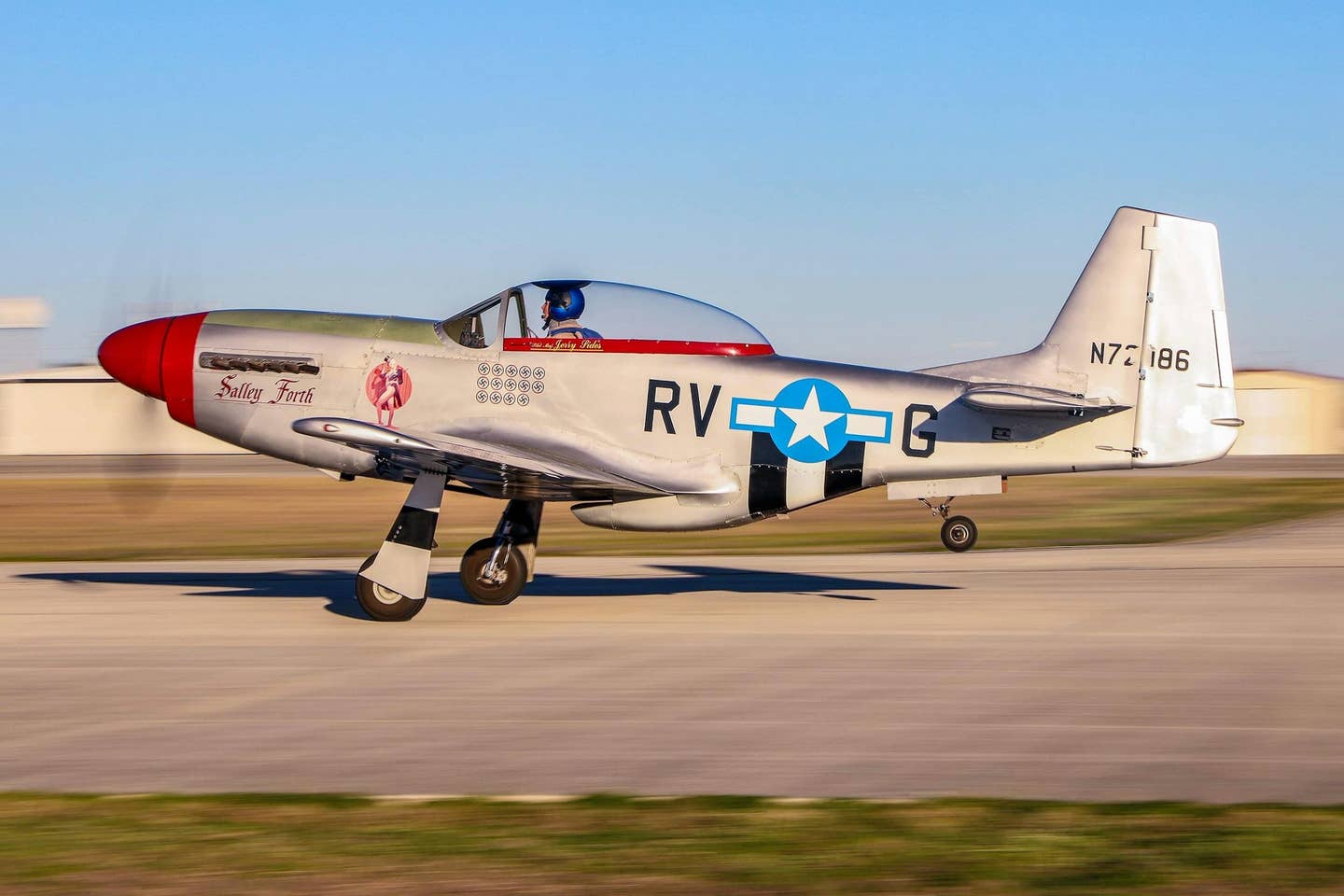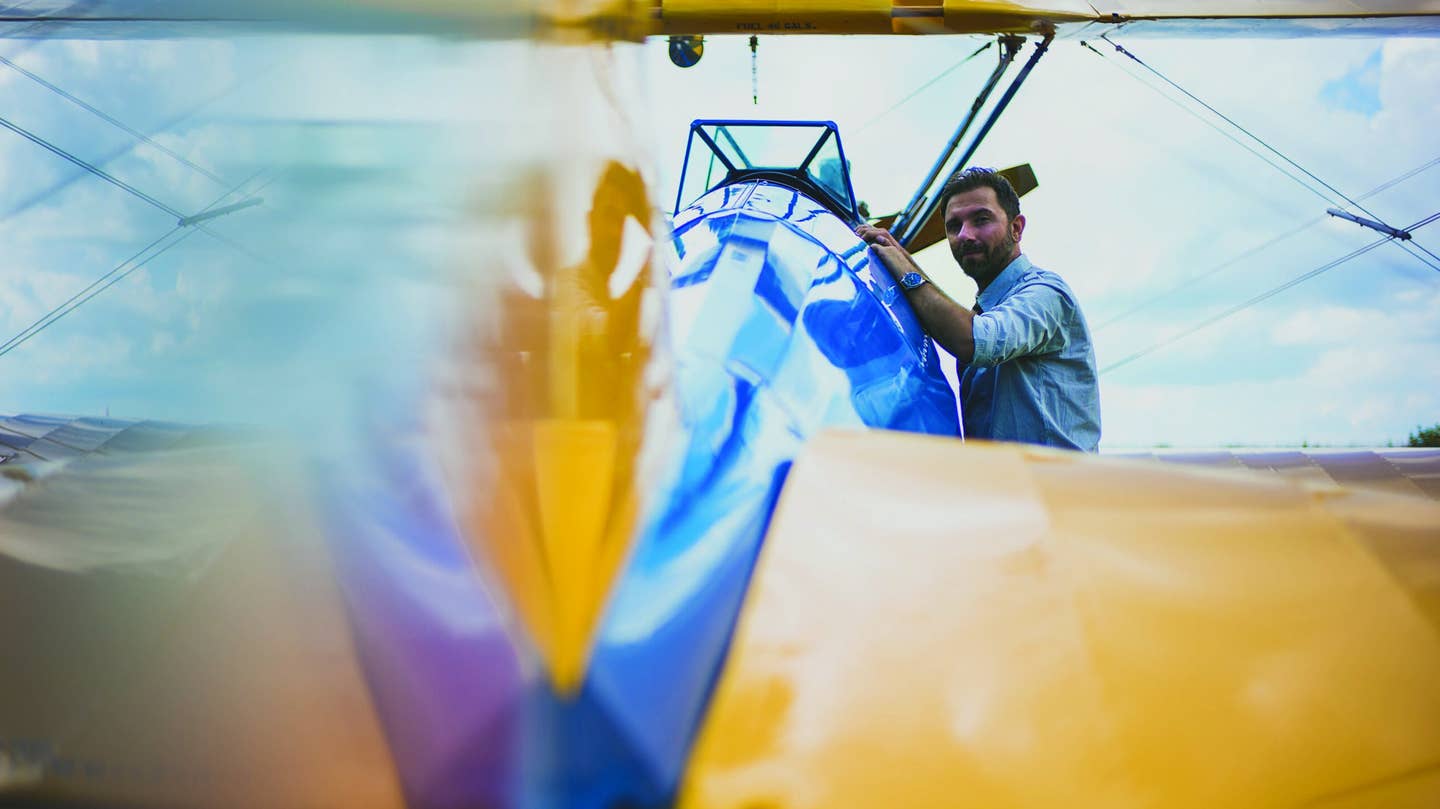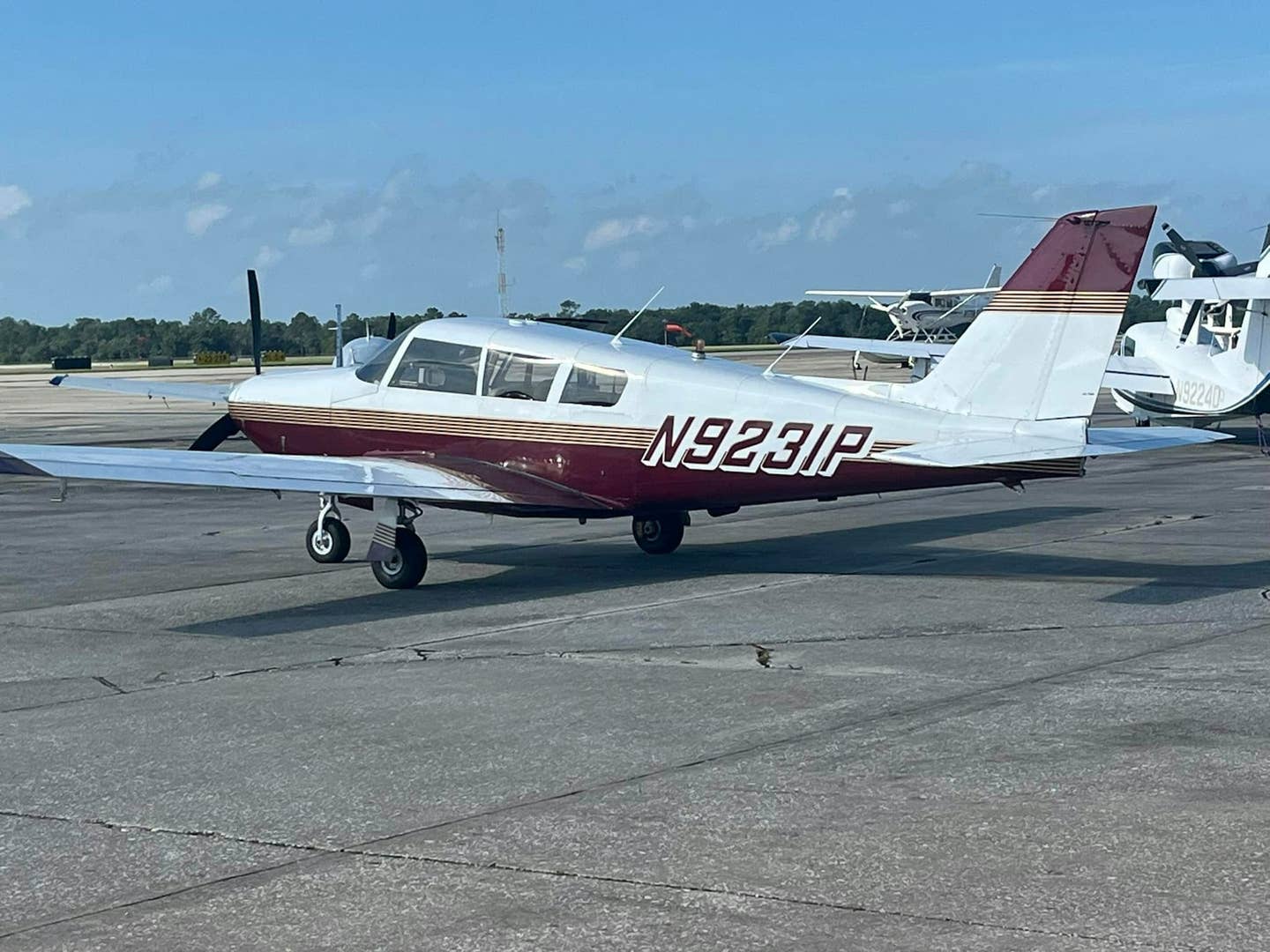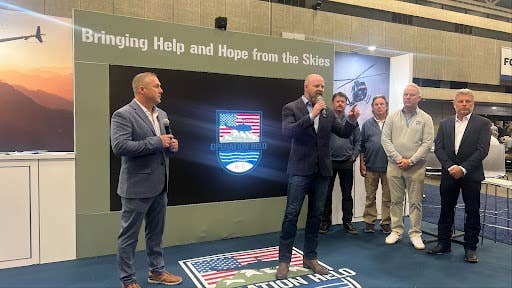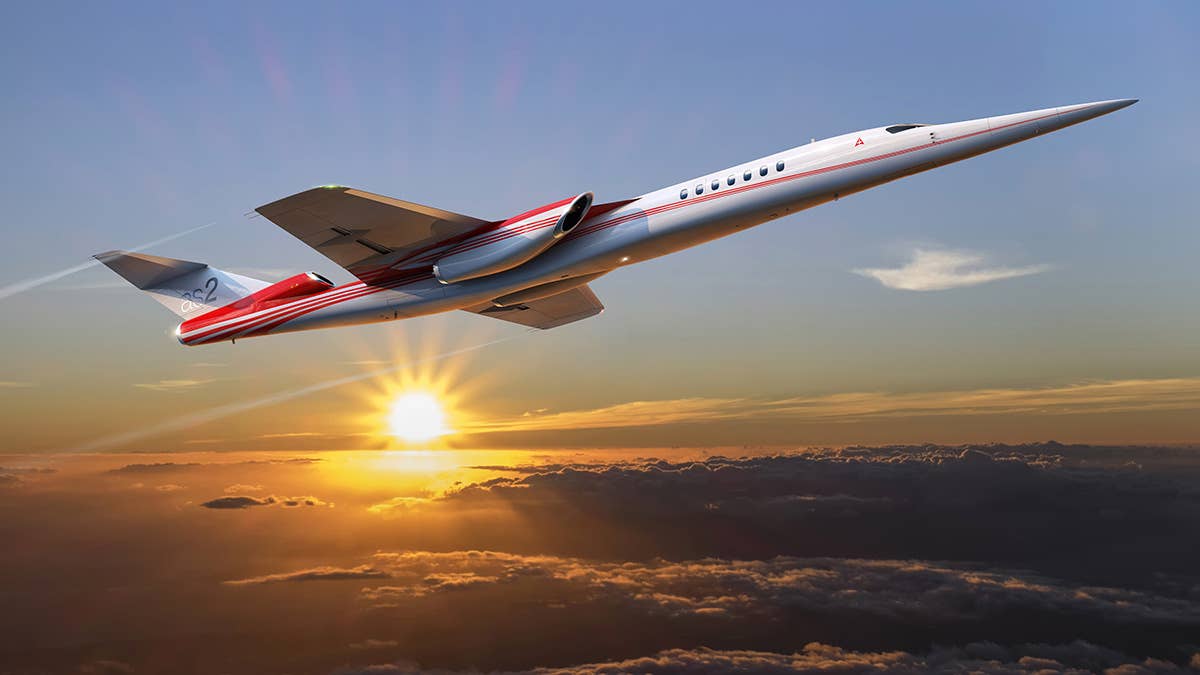
GE Aviation has committed to developing the first civil supersonic engine in 55 years — the GE Affinity. Aerion
Aerion’s CEO Tom Vice announced at NBAA’s Business Aviation Convention and Expo that the conceptual design phase for the AS2 supersonic jet is complete. The company is now starting the preliminary design phase and expects to begin initial flight testing of the 12-passenger jet in 2023. The Reno, Nevada-based company hopes to achieve certification for the AS2 in 2025.
“Aerion and our AS2 team, comprised of Lockheed Martin, GE Aviation, and Honeywell, have solved many of the tremendous challenges in creating a supersonic renaissance,” said Vice. “We’ve overcome some huge technical hurdles and we’re confident we’ll meet Stage 5 takeoff and landing noise requirements.”
In order to reach those requirements, GE Aviation has committed to developing the GE Affinity turbofan, which will be designed specifically for supersonic flight. This is a huge step for GE as it will be the first civil supersonic engine to be developed in 55 years. In the design of the Affinity engine, GE Aviation is using proven technologies from its commercial engine portfolio. The fadec-controlled twin-fan engine will have the highest bypass ratio of any supersonic engine. It is designed to reach 60,000 feet and will be able meet the current regulations for supersonic flight, flying at supersonic speeds over water and subsonic over land. The AS2 is expected to fly at speeds up to Mach 1.4 and as fast as to Mach 1.2 over land without creating a boom that would reach the ground.
Honeywell Aerospace will develop the flight deck for the AS2. “This is a fantastic opportunity to pioneer a new segment of aviation with Aerion,” said Honeywell’s president of electronic solutions, Carl Esposito. With the company’s Primus Epic system installed in about 5,000 business and regional jet platforms and extensive experience in developing systems for supersonic military jets, Honeywell is well positioned to develop a stellar cockpit for the AS2.
While it will be several years still before the AS2 will be introduced to the market, it is just the beginning for Aerion. “It will be our springboard to larger and faster designs, both for business aviation and commercial airlines,” Vice said. “Entirely new engine designs hold the potential to build larger aircraft able to fly at Mach 1.8 and above.”

Sign-up for newsletters & special offers!
Get the latest FLYING stories & special offers delivered directly to your inbox

